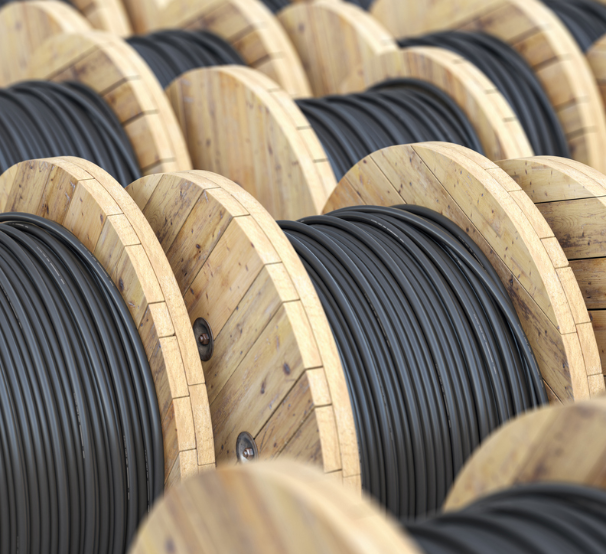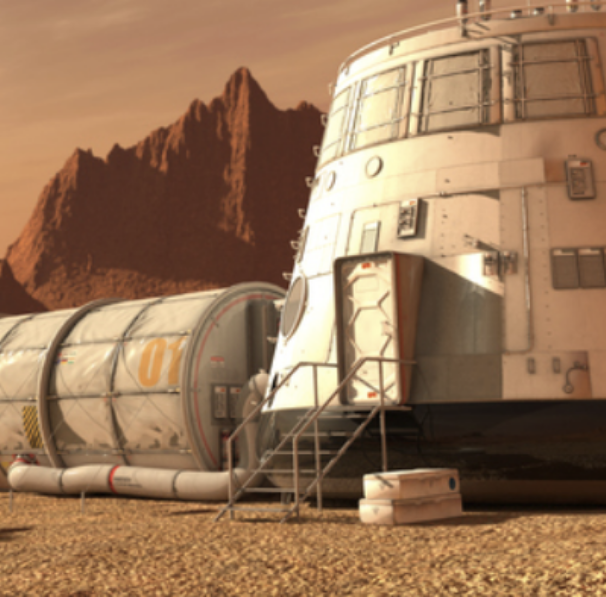
Healthcare
Radiation processing is used to sterilise almost half of all single use medical products used in surgical and healthcare procedures. The technology is also used to support a number of other healthcare needs and research. Products sterilised using irradiation range from simple gauze dressings to complex medical devices containing drugs and therapeutics. Products include surgical gloves, wound care products, implants such as hip-joints, pre filled syringes and blood collection tubes.





